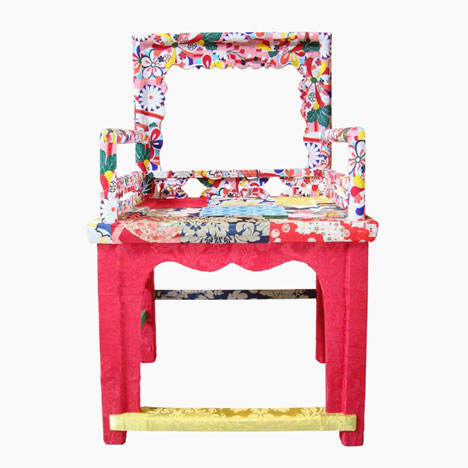
Dynasty Revival by Lane Crawford
Hong Kong department store Lane Crawford invited eight designers including Tom Dixon (above), Michael Young, Jaime Hayón and Ilse Crawford to revamp the Chinese ming-style chair for an exhibition currently on show at the ifc mall in Hong Kong.
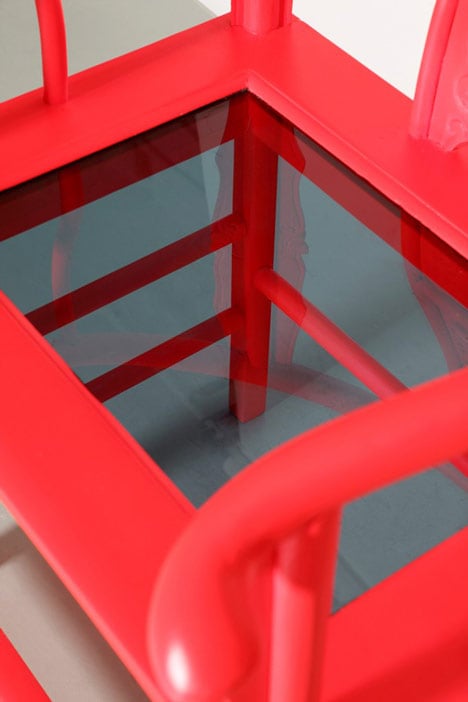
Above: Tom Dixon
Dynasty Revival, which celebrates 160 years of Lane Crawford, also includes designs from Fornasetti, Qu Guangci, Lisa Whatmough and D.B Kim.

Above: Lisa Whatmough of Squint
Here's Lane Crawford's press release:
Celebrating its 160th anniversary this year, Lane Crawford Hong Kong is proud to launch Heritage 160 this Autumn/Winter 2010. Founded in 1850 by Thomas Ash Lane and Ninian Crawford, Lane Crawford has evolved to become a leading luxury specialty store offering a wide selection of international brands. To honour Lane Crawford’s rich history and unique past, as well as its strong relationships with top brands, designers and talents from around the world, Heritage 160 features a series of programmes and events this Autumn/Winter, culminating into the largest celebration of the year.
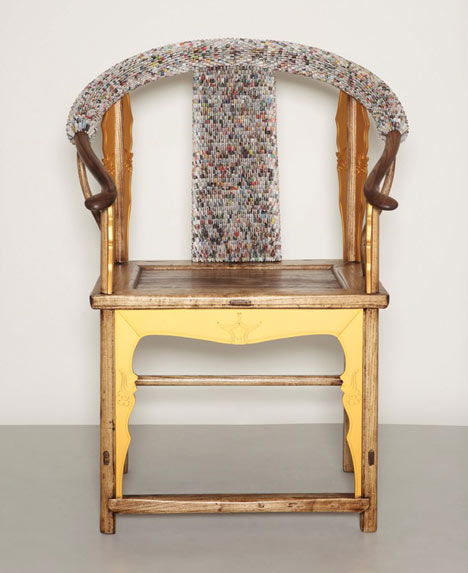
Above: Michael Young
Focused on introducing Hong Kong to the best and most innovative in fashion, style and design from around the world, Lane Crawford has invited a group of creatives to ‘curate’ exclusive items in celebration of our anniversary. From one-of-a-kind customised trenches and art-inspired Ming Dynasty chairs to limited edition designer footwear and an exclusive capsule collection from the best new generation and contemporary designers.
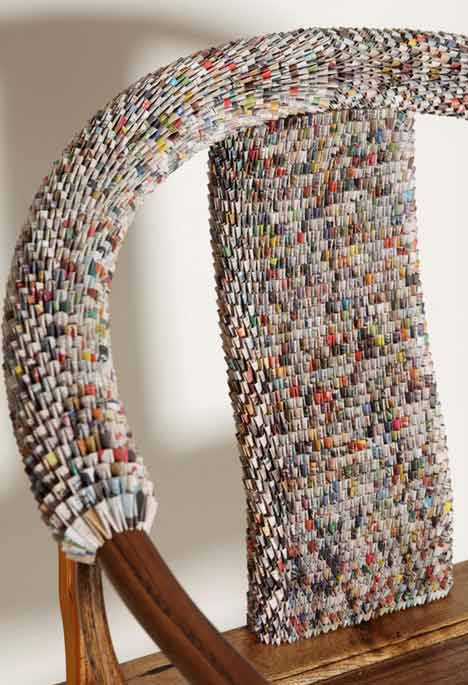
Above: Michael Young
To share these special limited edition and one-of-a-kind pieces, they will be showcased at an exclusive exhibition at Lane Crawford’s ifc mall flagship store in September 2010. The comprehensive project will incorporate a new multi-media platform including an interactive, world-contributed microsite, as well as an auction with proceeds benefiting UNICEF, the only UN organisation dedicated exclusively to children.
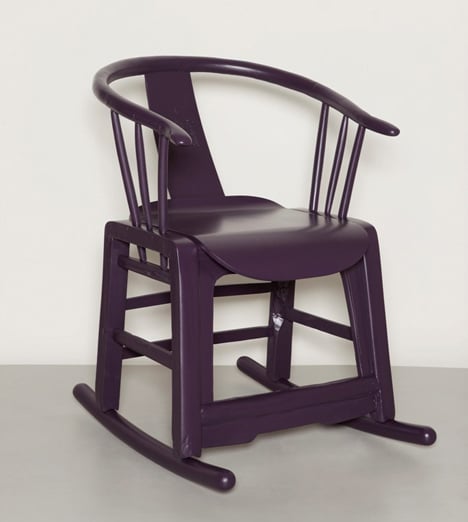
Above: Jaime Hayón
DYNASTY REVIVAL
Honouring Lane Crawford’s rich history and roots, the antique Chinese Ming chair — traditionally reserved for people of power, strength and status in China — is given modern makeovers by creative design visionaries, Tom Dixon, Fornasetti, Guangci, Jaime Hayón, Ilse Crawford, D.B. Kim for Swarovski Crystal Palace, Squint and Michael Young, transforming the traditional chair into one-of-a- kind contemporary works of art.
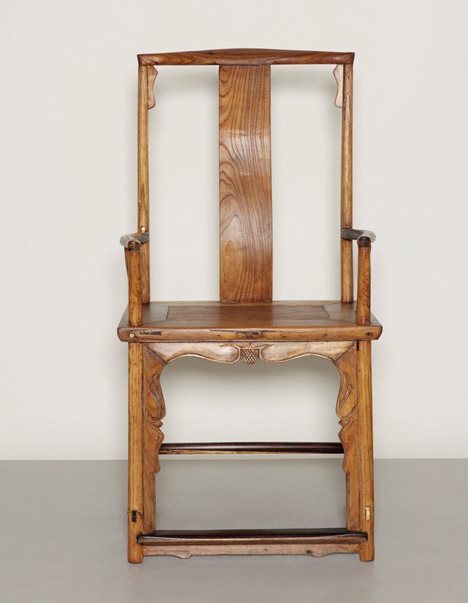
Above: Ilse Crawford
Barnaba Fornasetti
Applying Fornasetti’s neoclassical, collaged, and surreal style to the Ming Chair, the design blurs the line between classics and modern art, and at the same time, highlights the essence of both the Chinese and Western cultures. The distinctive and unique shape of the Ming Chair allows Fornasetti to get creative with lavish whimsical imagery, such as owls perch on the seat-back, a pair of buttocks cheekily rest on the seat, a sun radiates on the back, and butterflies all over the chair. The application of the meticulous trompe l’oeil technique further animates the chair to create a new identity, transforming something that belongs to a different culture into “something Fornasetti” without conflict.
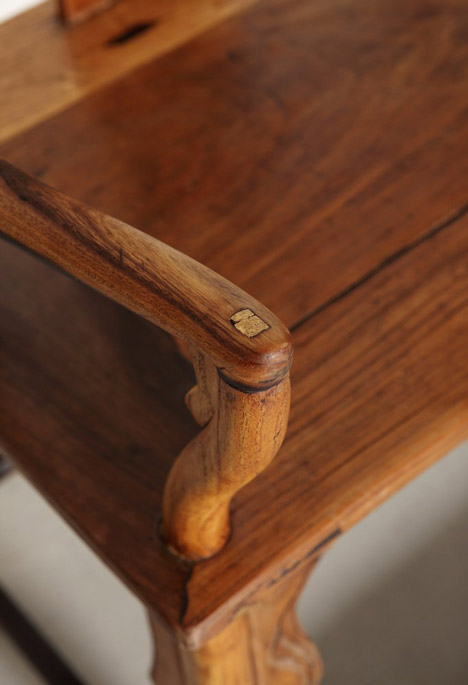
Above: Ilse Crawford
Qu Guangci
As a Chinese designer, Qu has a strong devotion and sense of belonging towards the Ming Chair. The Ming Chair is a representation of heritage and he believes heritage can be interpreted as a root of a tree. Regardless the circumstances, the roots of a tree are the key to its life. He poetically symbolises the piece as a Chinese folk tale, naming the chair “I Am A Tree” as an indication of his take on Chinese heritage and traditions. Qu aims to convey Chinese virtues in his designs with important values such as family bond, views on fortune, and appreciation of the nature. Known for his humorous and playful style, Qu adds bird figurines to the chair to further prove his statement, “I even want a flock of birds to think my chair as a tree”. Qu stands by his belief that humour can be found even in the most solemn event.
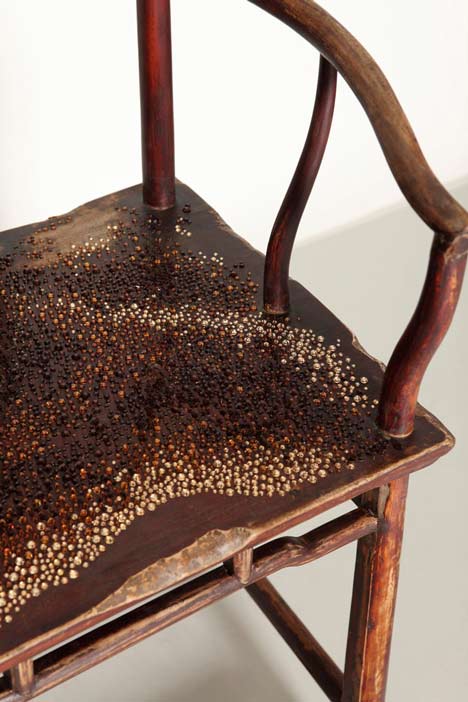
D.B Kim of Swarovski Crystal Palace
Ilse Crawford
Refreshing an iconic chair without losing its identity and content is the key to Crawford’s Ming Chair. She treasures designs and furniture that are passed down from generation to generation. With a strong emphasis on fine craftsmanship, the chair is stripped to draw attention on the connections which are made with incredible skills without the use of nails. Crawford believes it is crucial to understand the essence of the chair, the history and ongoing story in order to further express it in a new way.
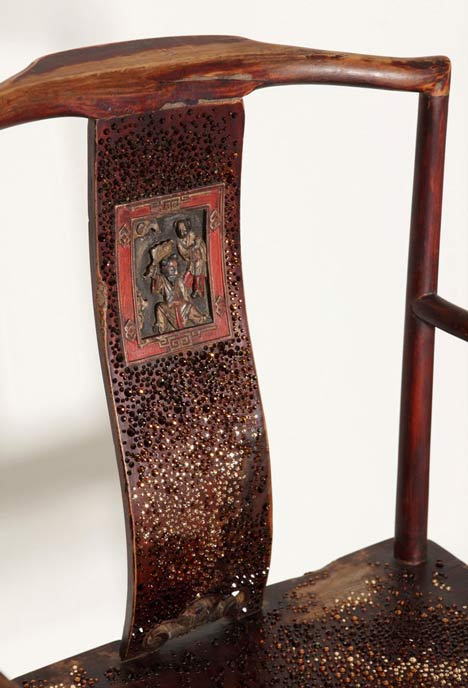
D.B Kim of Swarovski Crystal Palace
Jaime Hayón
Famous for his playful yet functional style, Hayón manages to insert his identity to the Ming Chair. With a strong belief that heritage is a treasure inherited from the past to enrich the present, Hayón cherishes traditions. His intention of the design is to reinterpret and create something new without losing the Ming Chair’s initial and essential aesthetic. Rocking legs and an overlapping seat are integrated to the design. To put further emphasis on the Hayón’s characteristic; his signature colour, dark violet, is lacquered over the chair. The interesting combination gives an edgy and contemporary spin to the traditional Ming Chair.
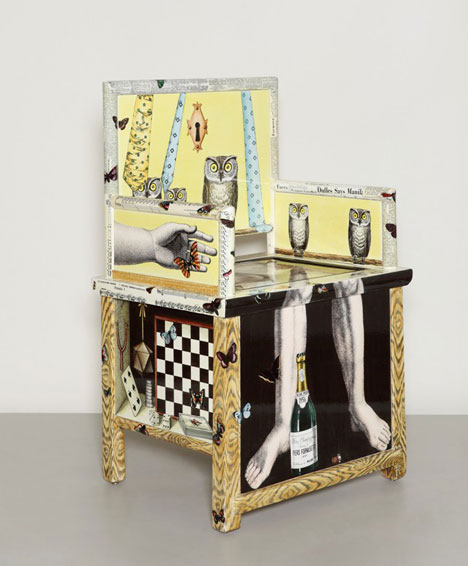
Above: Barnaba Fornasetti
Michael Young
Young believes that heritage holds the value of world together; it puts current surroundings into perspective and life becomes soulless without it. Standing by these values, Young applies the paper-folding technique, an ancient Chinese art, to the Ming Chair. As an appreciator of the Chinese culture, the finished piece undoubtedly represents the beauty within the Chinese culture - the Ming Chair and ancient paper-folding art as representations of the extensive culture and rich history in arts, and the handcrafting technique as a representation of the substantial manpower in China.
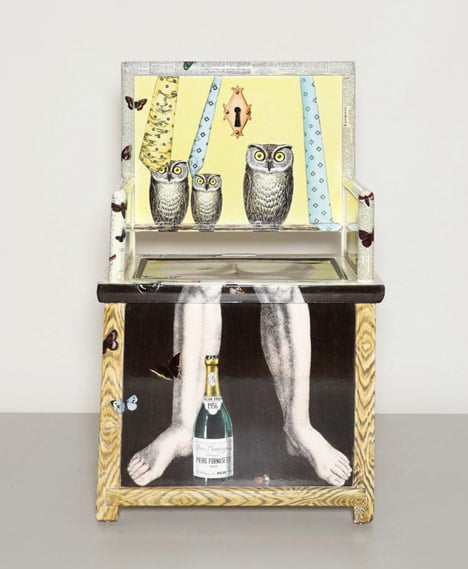
Above: Barnaba Fornasetti
Squint, Lisa Whatmough
With a strong mindset of preserving and perpetuating old items, Whatmough revives the Ming Chair with Squint’s signature patchwork technique to create a new interpretation. With the aim to preserve its heritage, she selects woven English fabrics inspired by gentlemen’s silk ties to decorate the chair. A relatively muted palette is applied to ensure the colour does not overwhelm the linear shape of the chair. The finished piece fits perfectly with Squint’s vision to create unexpected one-of-a-kind pieces by reupholstering antique furniture with limelight-stealing patchworked fabrics.
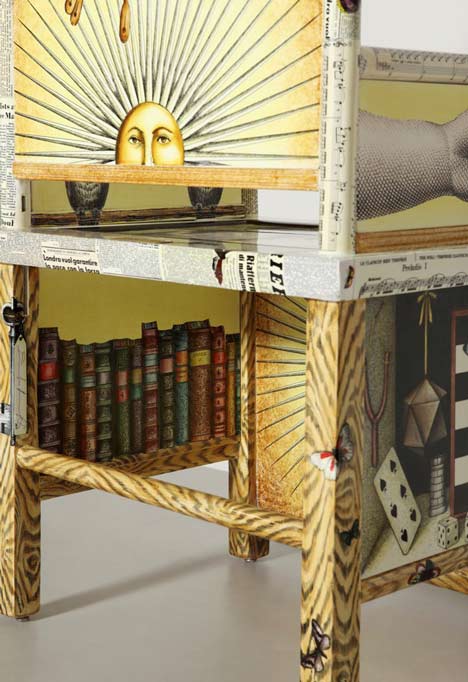
Above: Barnaba Fornasetti
D.B Kim
With an in-depth knowledge and background in Asian history, Kim relates the Ming Chair to its fundamental meaning in the Chinese culture, a symbol of superiority and throne. Kim reinforces the prestigious status of the chair by dazzling it with scattered precious Swarovski crystals. The aim is to present a simple design with a high level of attention, as if a spirit is given to the Ming Chair.
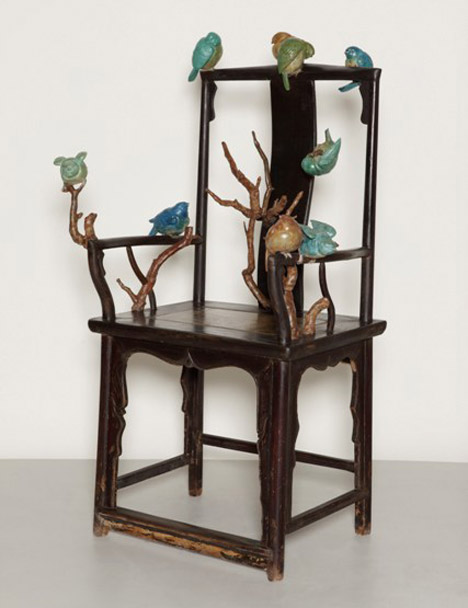
Above: Qu Guangci of Guangci
Tom Dixon
“Chairs have been the passport to my progress in design”. Known for his basic but extremely modern and chic designs, Dixon has been an expert in chair industry. With a diverse perspective towards history and culture, Dixon believes heritage is the accumulated culture and history that makes each person unique; it is also one’s connection to the past. A
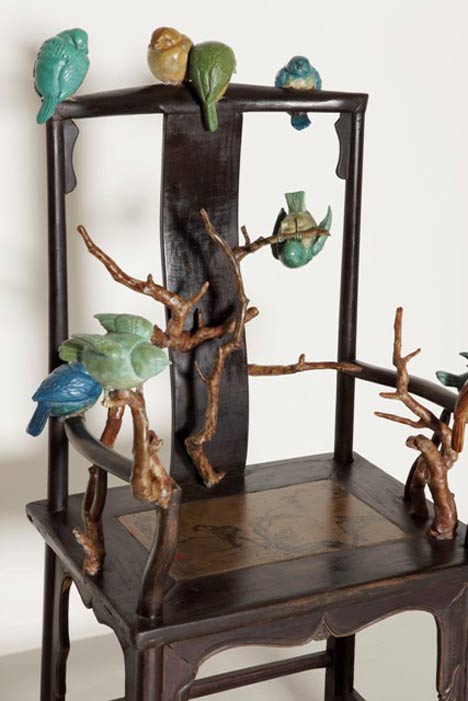
Above: Qu Guangci of Guangci
s seen in his design, Dixon uses a fluorescent orange lacquer to modernise the chair without undermining the classic proportion, creating his own version of Ming Chair without losing its Chinese character. Dixon adores heritage and history, and at the same time, is a pioneer in the future and technology, the Ming Chair is a perfect example of his taking the historical bones and giving it a contemporary skin.
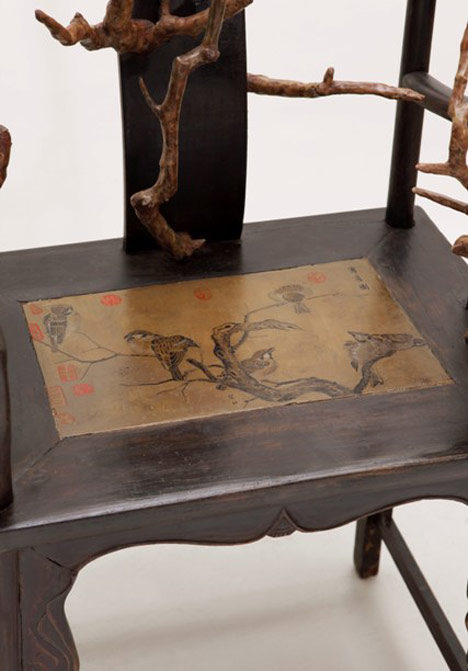
Above: Qu Guangci of Guangci
See also:
.
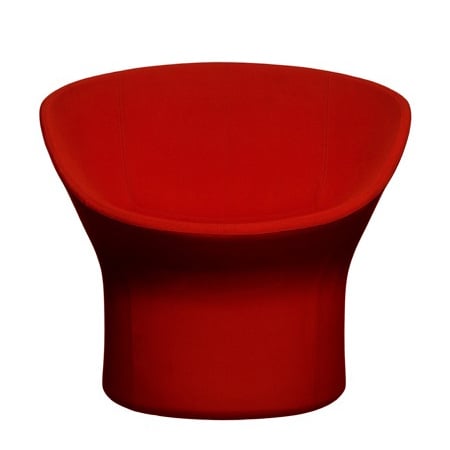 |
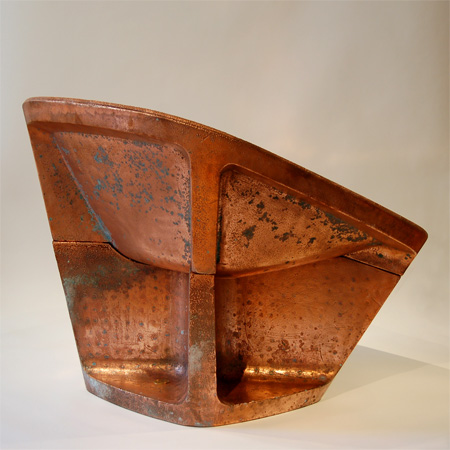 |
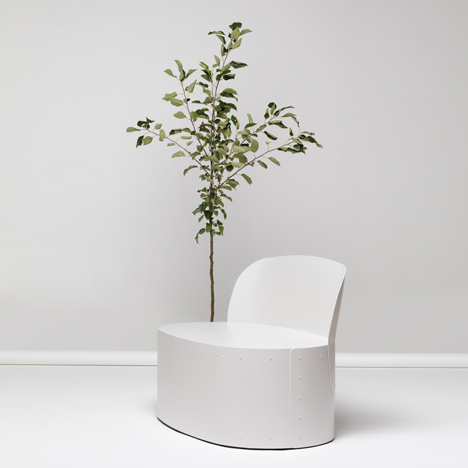 |
| Avalon by Michael Young for Swedese |
CU29 chair by Tom Dixon |
More furniture stories |